Apple has been keeping us waiting for a foldable iPhone for nearly a decade, and the anticipation is reaching a fever pitch. The tech giant that revolutionized smartphones with the original iPhone is now gearing up to enter the foldable market with what could be its most significant innovation in years. Recent industry reports suggest a 2026 launch (rumored), marking Apple's long-awaited entry into a space that Samsung and others have been exploring since 2019. About time, right? But here’s what makes this particularly exciting. Apple isn’t just playing catch-up; they are aiming to redefine what a foldable phone should be.
The iPhone 18 Fold represents more than just another product launch; it is Apple's answer to years of speculation about when they would embrace this transformative form factor. Industry analysts now predict the device will launch alongside the iPhone 18 series, bringing together Apple’s signature attention to detail with cutting-edge foldable technology. What stands out is how Apple appears to be tackling the biggest complaints about current foldables, durability concerns, the obvious display crease, and uneven software, while keeping the premium build and smooth experience people expect from an iPhone. No fussy compromises.
What makes the iPhone 18 Fold design so compelling?
The rumored specifications paint a picture of a device that could challenge our expectations of what a phone can be. Reports indicate the iPhone Fold will feature a 7.8-inch inner display and a 5.5-inch outer screen, giving you a tablet-like canvas when open and a pocketable phone when shut. It follows the familiar book-style approach seen on Samsung’s Galaxy Z Fold, only with tweaks that aim to fix everyday frustrations.
The engineering push is serious. The device is expected to measure just 4.5-4.8mm when unfolded, potentially thinner than even the ultra-slim iPhone Air when opened. Fold it up and you are looking at roughly 9-9.5mm, a tidy package considering the dual displays, hinge, and flagship guts inside.
The headline play is the display. Sources suggest Apple may adopt Samsung Display's 'crease-free' panels (rumored), which targets one of the biggest deal-breakers for many buyers. No sunken channel down the middle. No distracting ridge when you scroll. If that holds, foldables stop feeling like prototypes and start feeling like daily drivers.
This is not just a small tweak. Samsung Display is reportedly building the inner screen with a tight focus on that crease-free requirement. The rumored inner display resolution of 2,713 x 1,920 pixels and outer screen resolution of 2,088 x 1,422 pixels point to crisp visuals that make apps feel at home, open or closed.
How will Apple's material choices impact durability?
The construction details show Apple is taking durability head on. Multiple analyst reports confirm that titanium will play a central role in the iPhone Fold's construction, though the exact frame blend varies across reports. Analyst Jeff Pu suggests a titanium-aluminum hybrid frame, while Ming-Chi Kuo points to titanium paired with stainless steel. Different routes, same goal, a strong, light chassis.
Then there is the hinge, the heart of any foldable. Reports indicate Apple will use a combination of titanium and stainless steel for the hinge mechanism, with some components potentially made from Liquidmetal for enhanced durability. That hinge is the whole ballgame, and Apple seems to know it. The device is expected to pass 200,000 folding tests, a target that speaks to longevity rather than just launch hype.
Screen protection matters too. Apple plans to use ultra-thin cover glass technology supplied by Corning, familiar to anyone who has heard of Gorilla Glass. This moves away from softer plastic layers that scratch easily, and paired with titanium, should make the device feel sturdy in the hand, not delicate.
What unique features will set it apart from competitors?
Apple’s camera plan fits the form factor without giving up flexibility. The iPhone Fold is rumored to include four cameras total: two rear cameras, one front camera when folded, and one front camera when unfolded. The two rear cameras are both said to be 48MP, a setup that keeps Apple’s computational photography strengths while adapting to the two-in-one design. Selfie on the cover screen, video call on the big screen, simple.
Authentication takes a practical turn. Rather than Face ID, the iPhone Fold is expected to use Touch ID, likely integrated into the side button similar to the iPad Air. With cameras in multiple positions, a fast fingerprint tap could be the no-drama option when switching between modes.
Power is the other big hurdle. Reports suggest the iPhone Fold could feature a surprisingly large battery ranging from 5,000 to 5,500 mAh, a clear nod to the demands of two displays. The phone will use the same high-density battery cells as the upcoming iPhone 17, which points to careful tuning rather than just throwing capacity at the problem.
How will iOS adapt to the foldable form factor?
Software is where Apple can really pull ahead. iOS 27 is reportedly being developed with specific focus on foldable interface elements, so layouts, gestures, and transitions feel natural on a device that changes shape. Less awkward resizing, more intentional design.
Productivity is the tantalizing part. Some reports suggest the iPhone Fold might run elements of iPadOS, which could unlock Split View or Slide Over for real multitasking. Picture a maps app next to a video chat, or edits and notes side by side. That is laptop energy, in a pocketable fold.
The ecosystem gives Apple a head start. Core apps like Mail, Safari, and Photos should be ready on day one, and the 7.8-inch inner display would be very close to the iPad mini's original screen size. Developers know that canvas, which could mean iPad-class app experiences arriving quickly on the Fold.
What does the market positioning tell us about Apple's strategy?
The price points to a showcase product, not a mass-market play. Multiple sources suggest the iPhone Fold will retail between $2,000 and $2,500, right in line with top-tier foldables. The bet is that Apple’s build, software, and reliability will justify the sticker shock for early adopters.
Production goals hint at confidence inside Cupertino. Initial forecasts suggest 8-10 million units in 2026, with projections jumping to 20-25 million in 2027. That is a healthy ramp. Apple has raised its shipment forecasts significantly, which suggests the company expects momentum once the first wave lands in pockets.
Timing fits Apple’s wait, then perfect rhythm. By entering the foldable market in 2026, Apple will face established competition from Samsung, Google, and Chinese manufacturers. They also inherit mature supply chains and a clear list of pain points to fix. Historically, that combo works out well for Apple.
Where does this leave the future of mobile computing?
The iPhone 18 Fold is more than Apple joining the party. It could be the spark that turns foldables from curiosity to cornerstone. When Apple tackles issues like creasing, durability, and software polish, mainstream buyers tend to pay attention.
The ripple effect could reach beyond phones. Reports suggest Apple is also developing a larger foldable device, potentially a foldable iPad, with a foldable iPad planned for 2028. That points to a longer game where foldable tech reshapes how we watch, work, and create.
For consumers, the iPhone 18 Fold promises the tablet experience we have always wanted in our pocket, wrapped in familiar Apple design and seamless software. The price will keep it in enthusiast territory at first, sure. But Apple’s history suggests premium experiments have a way of becoming the new normal. With ecosystem leverage, careful materials engineering, and a clear plan to fix what holds foldables back, the iPhone 18 Fold feels less like a gamble and more like the moment the category finally clicks.







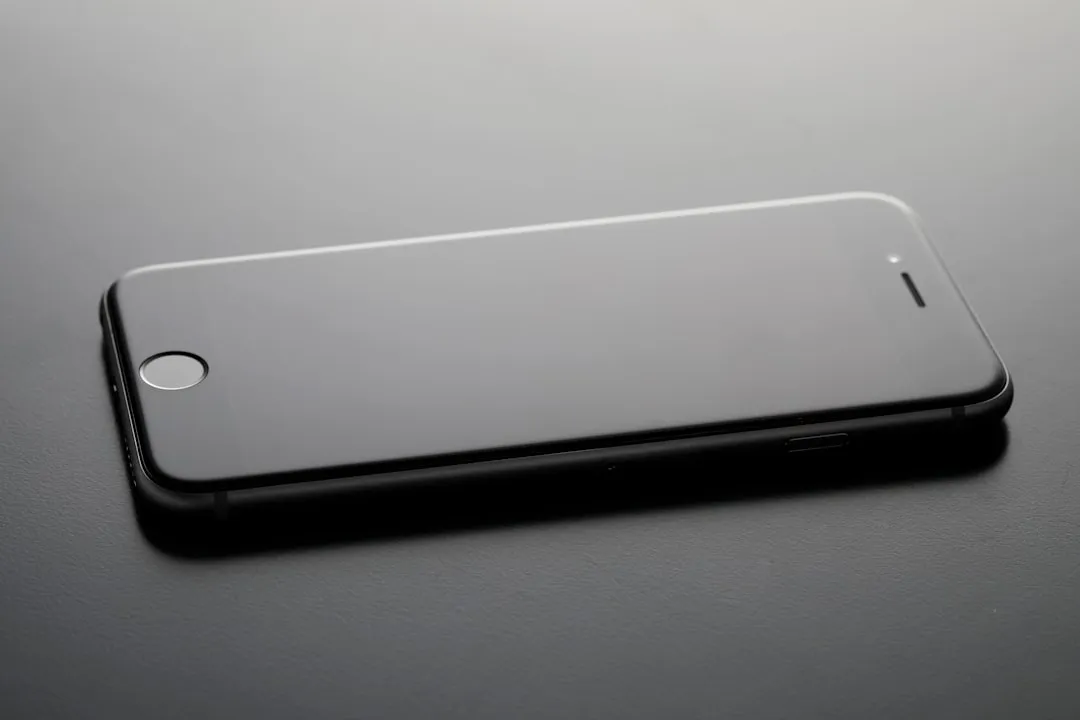
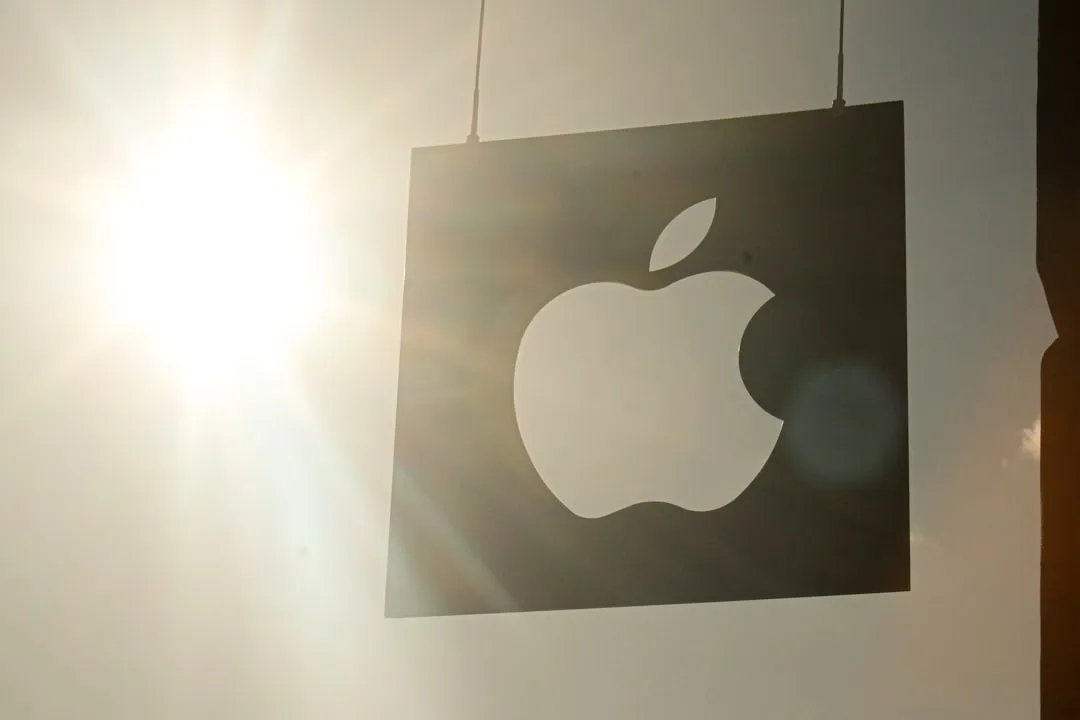
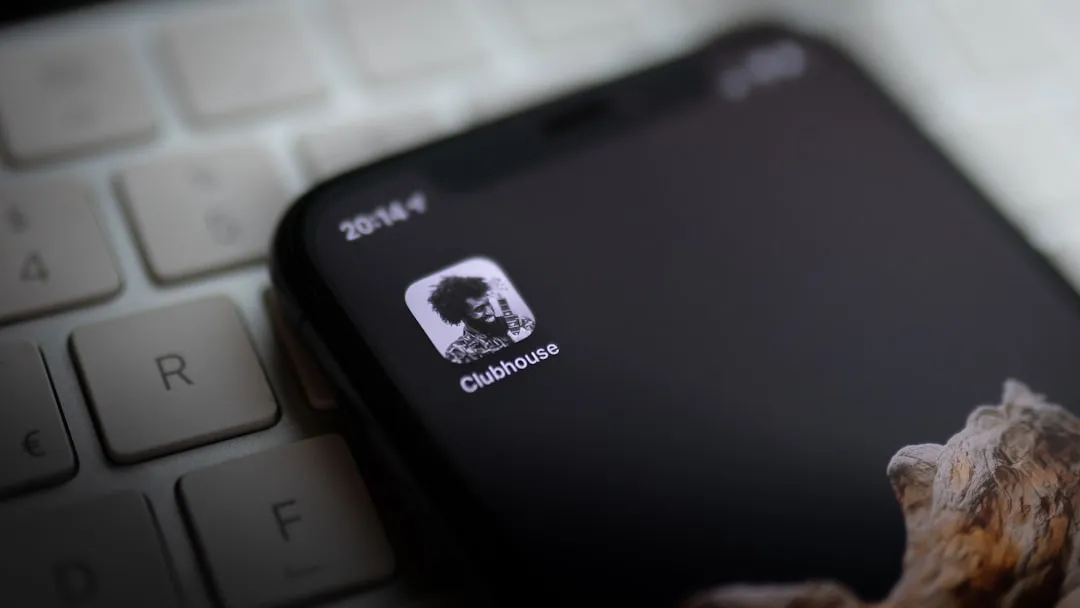
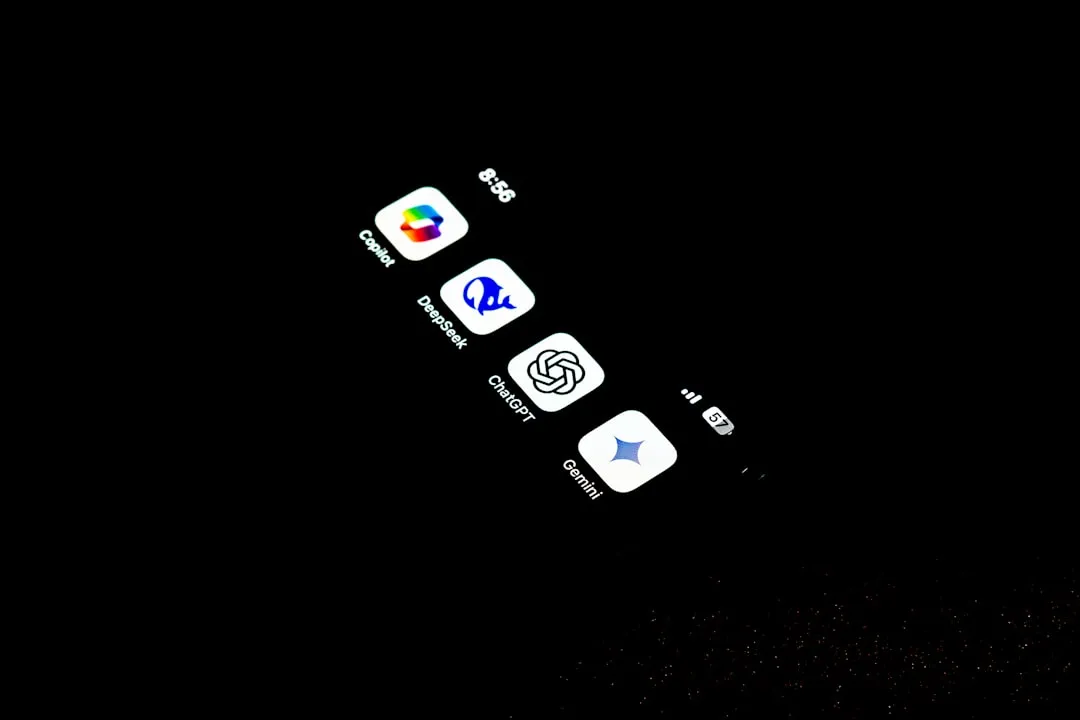
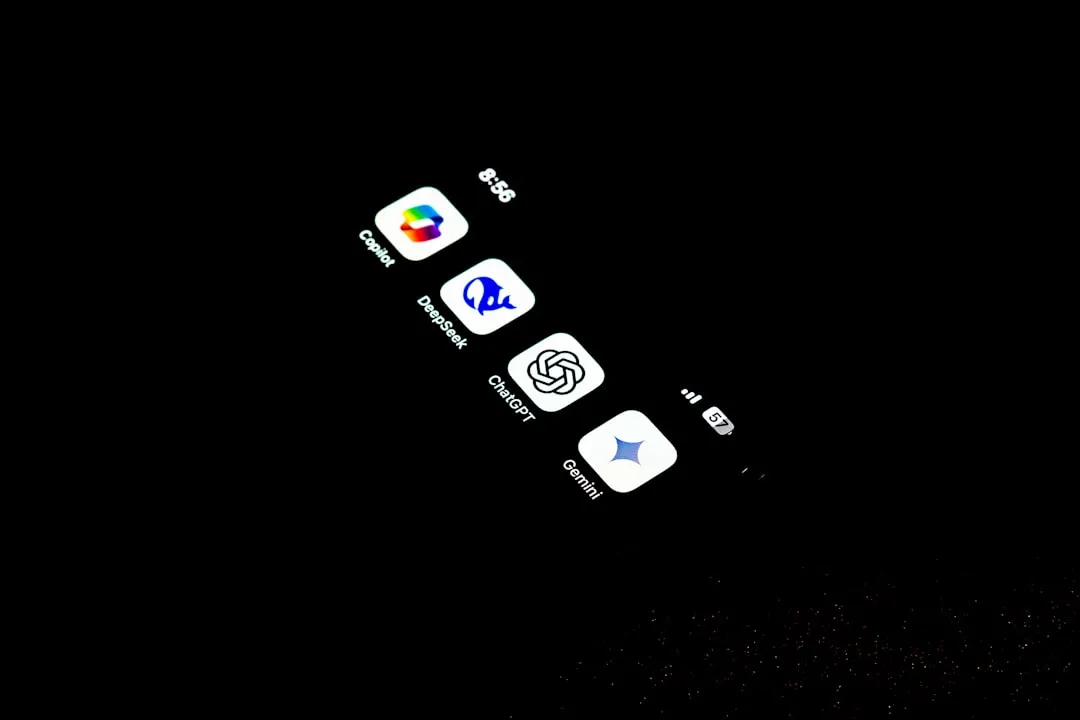
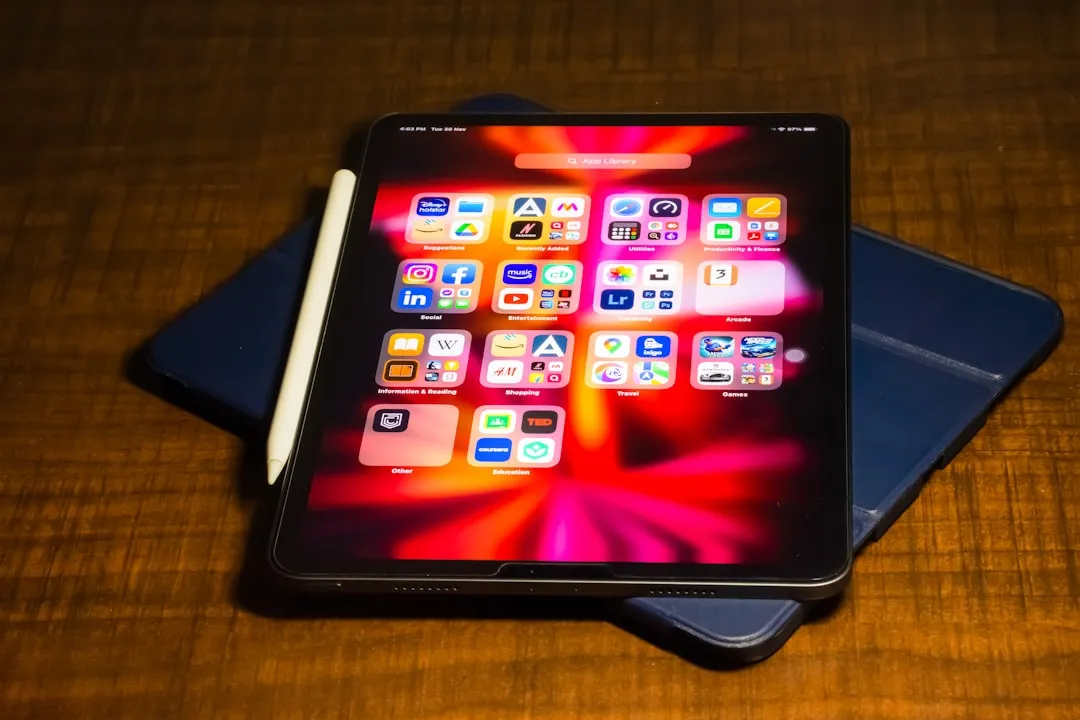
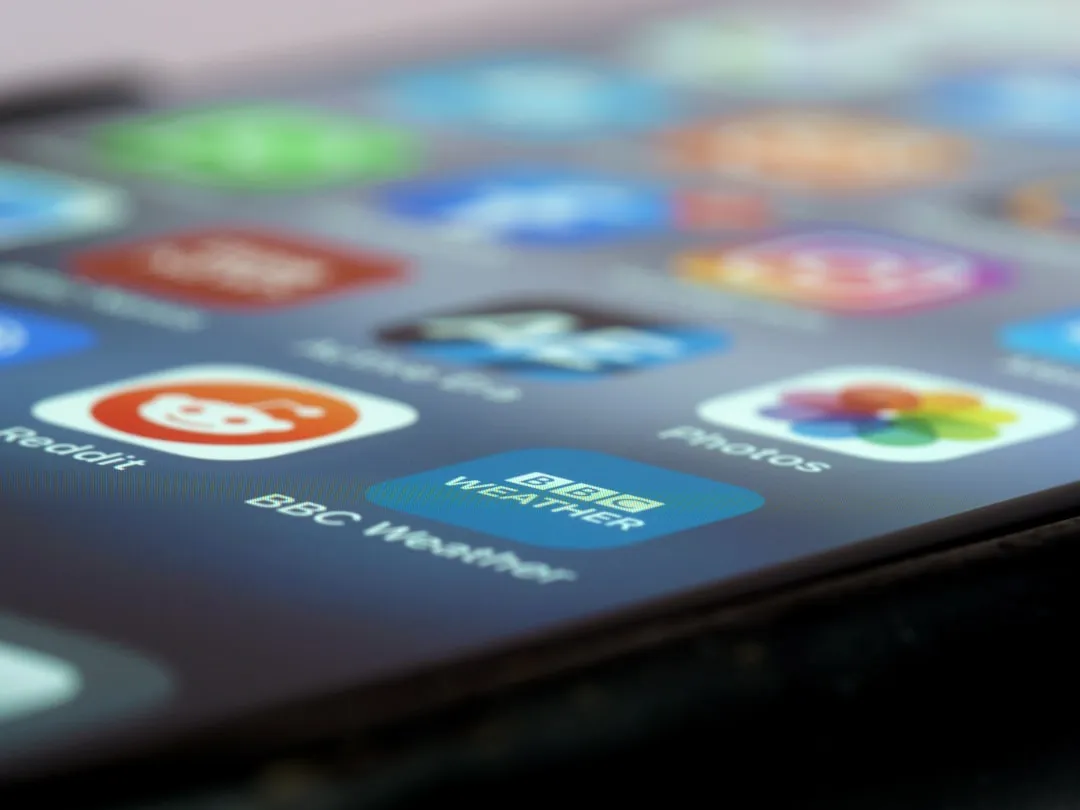
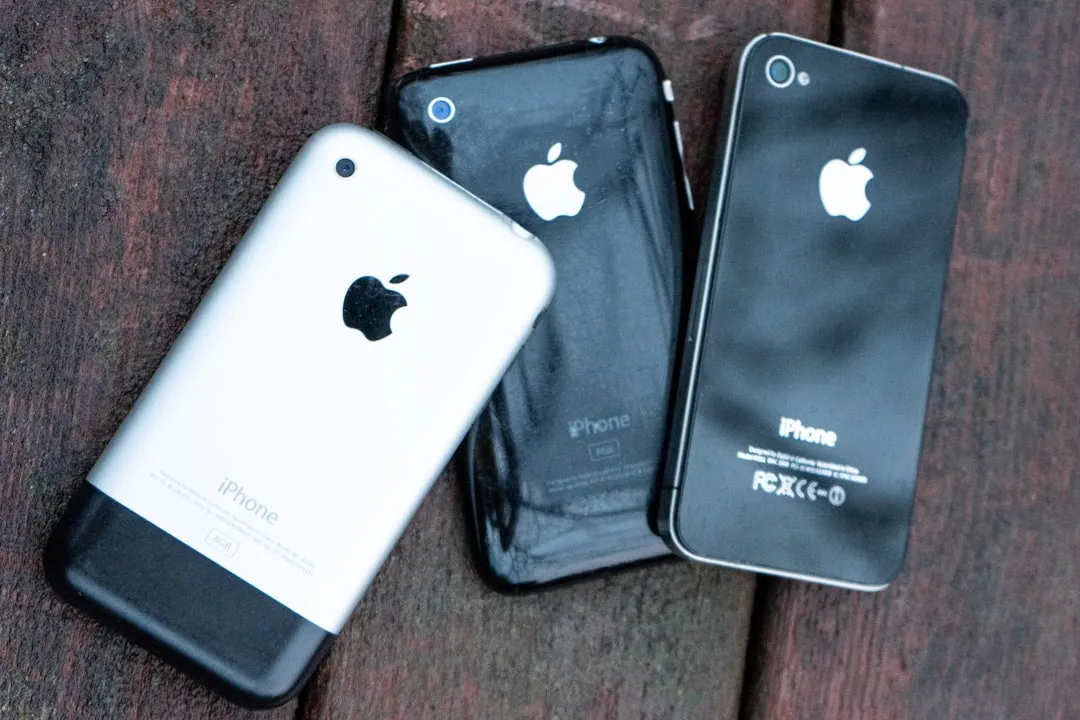
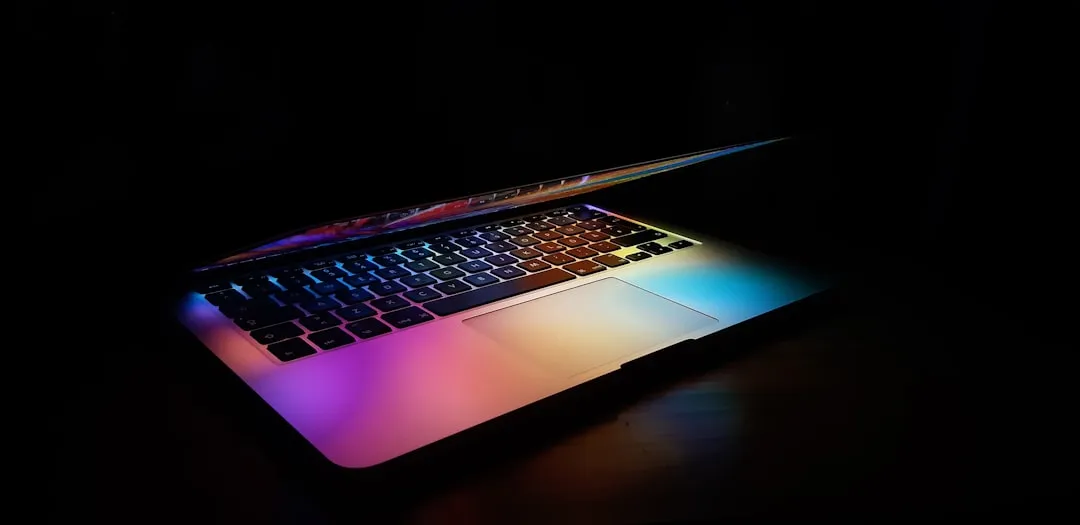
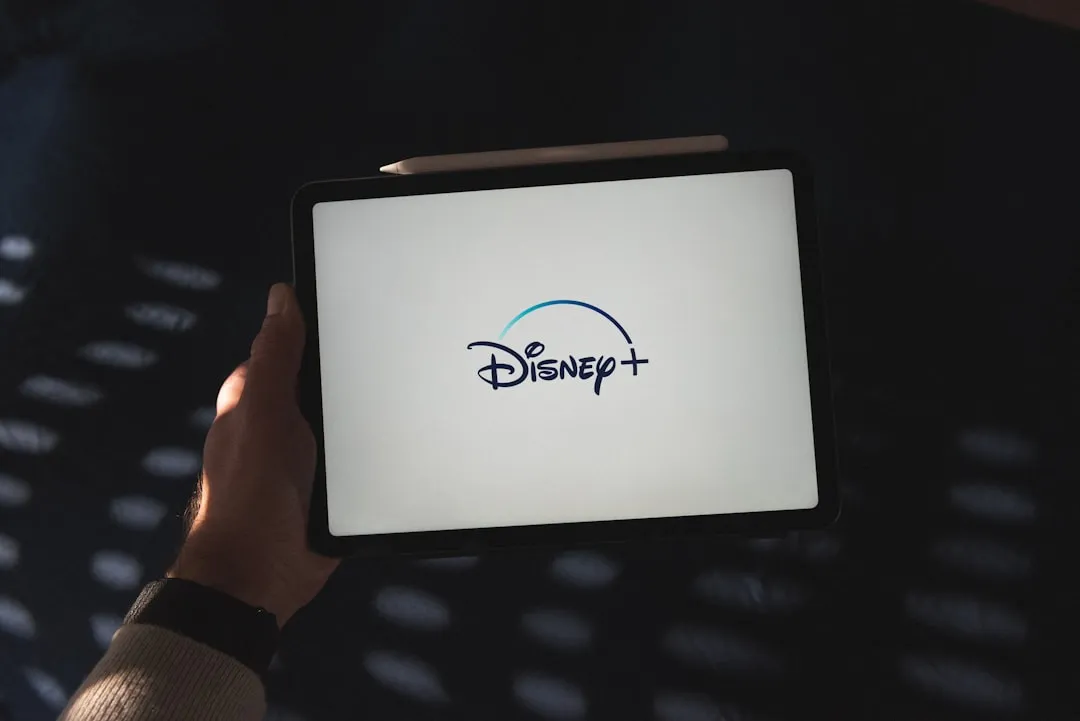
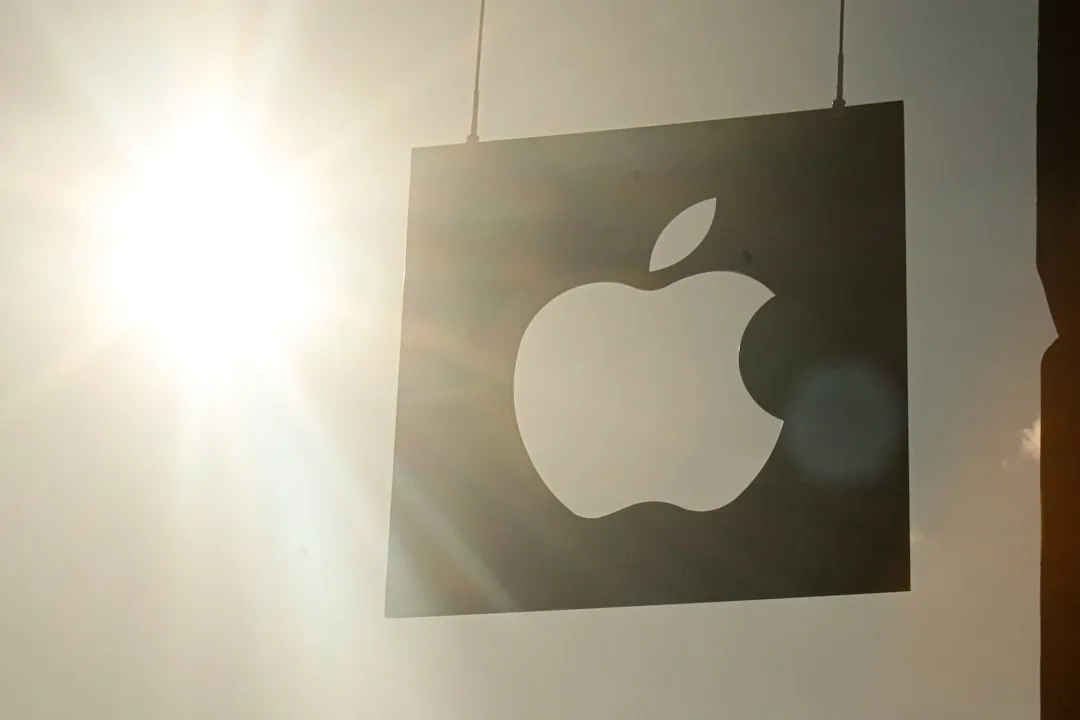
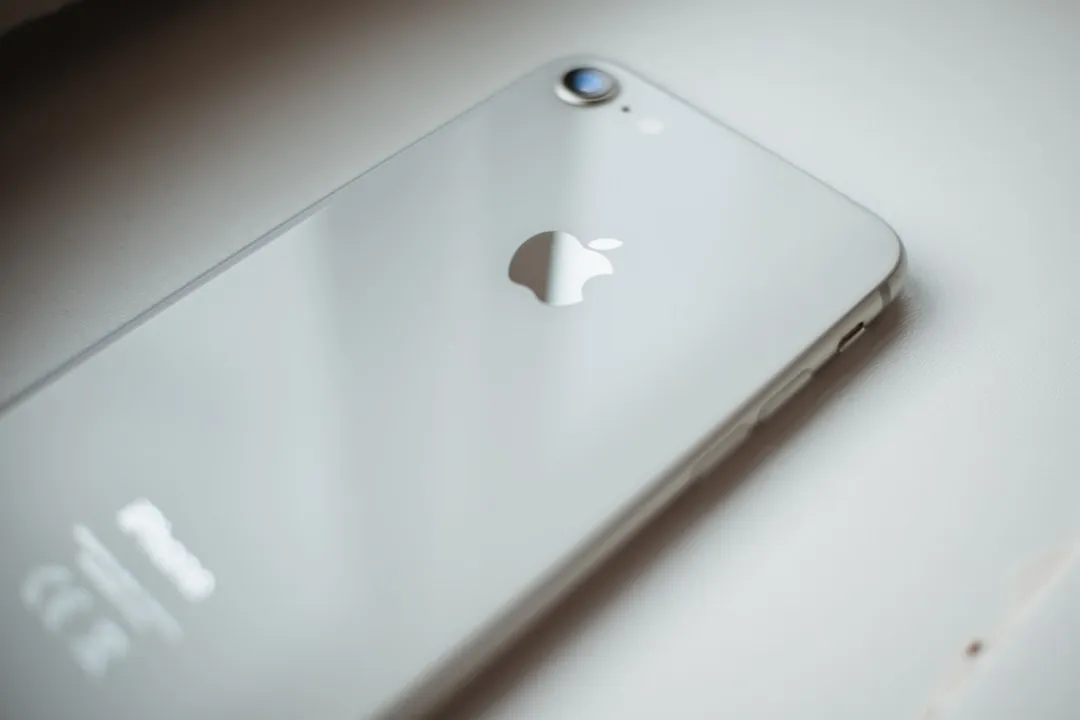
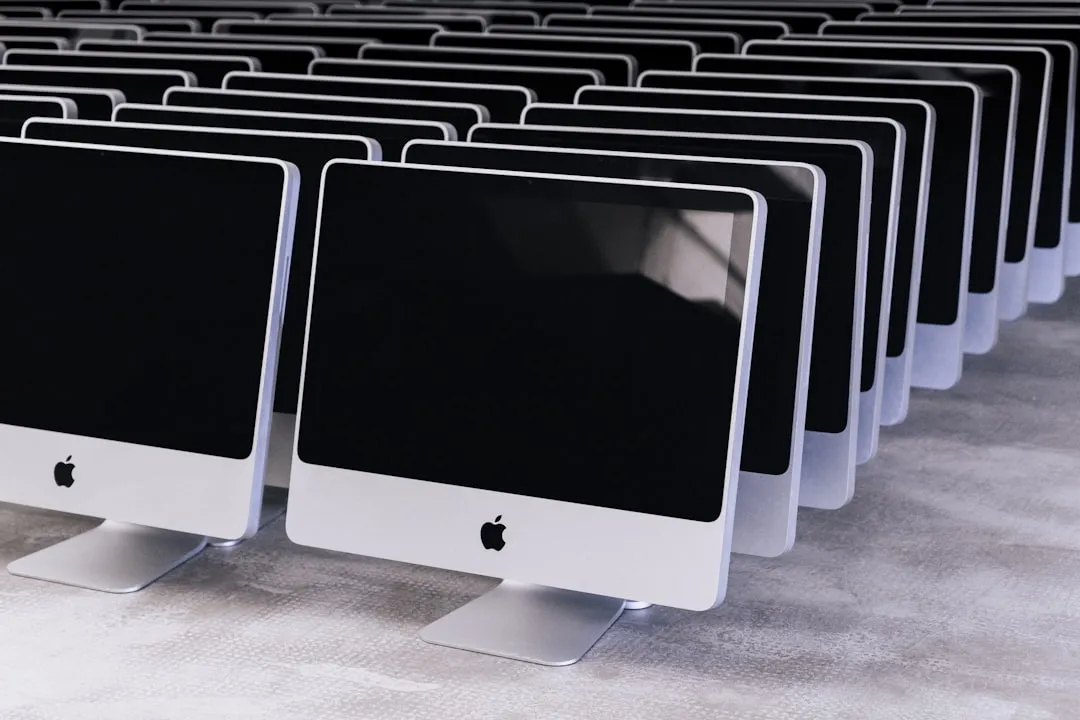
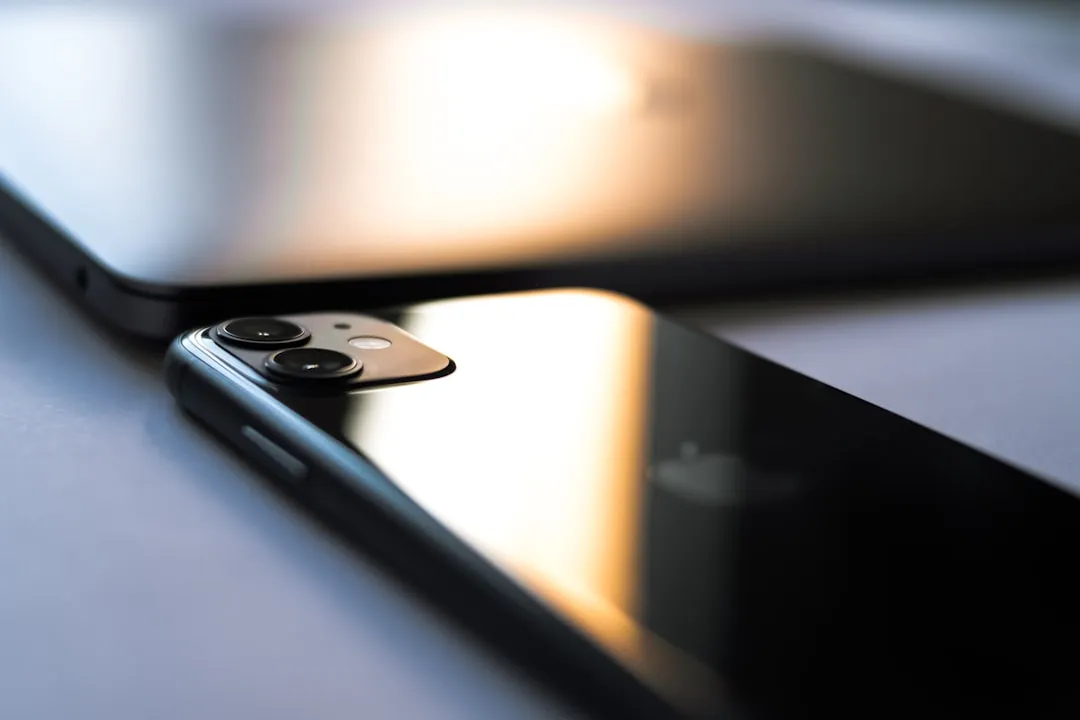
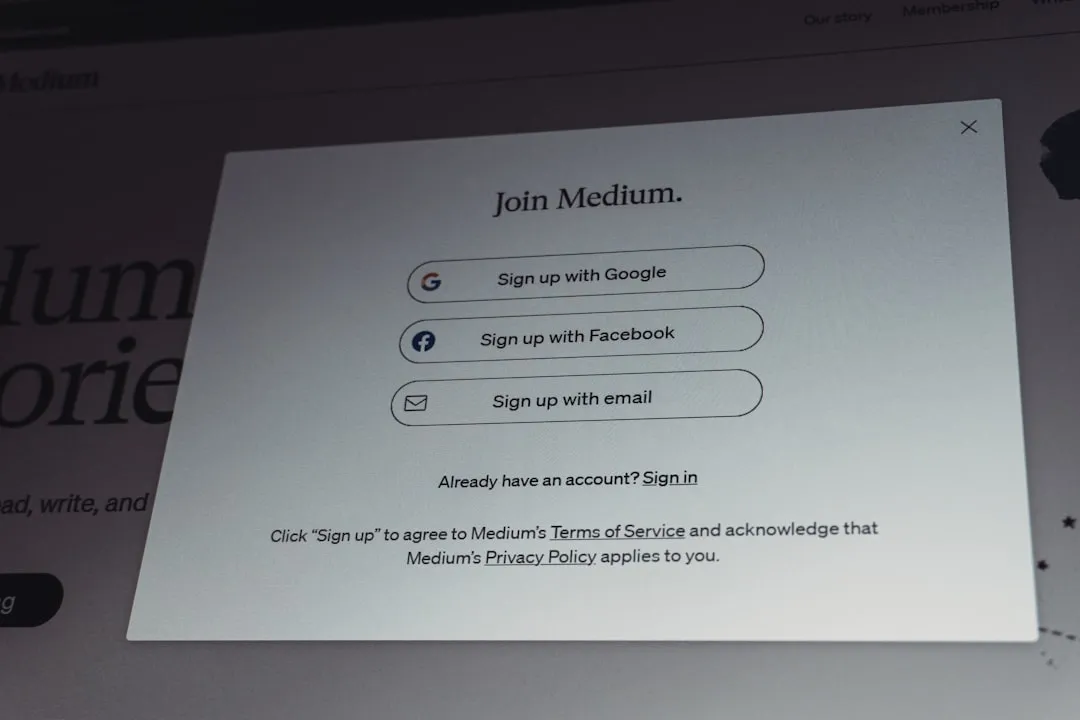
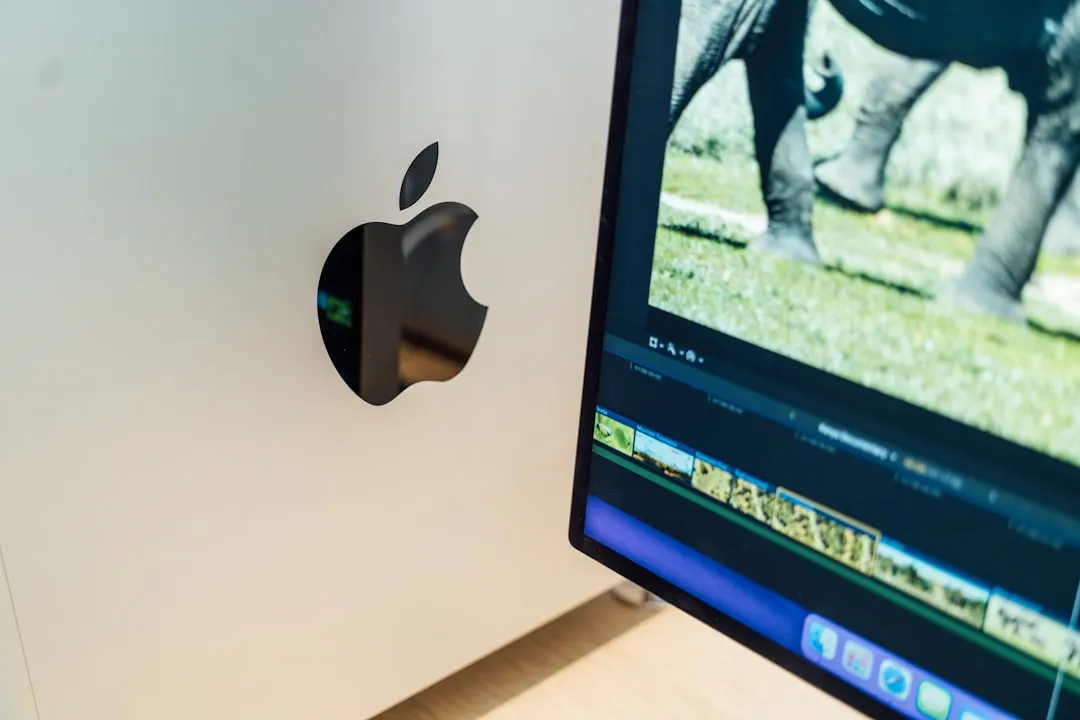
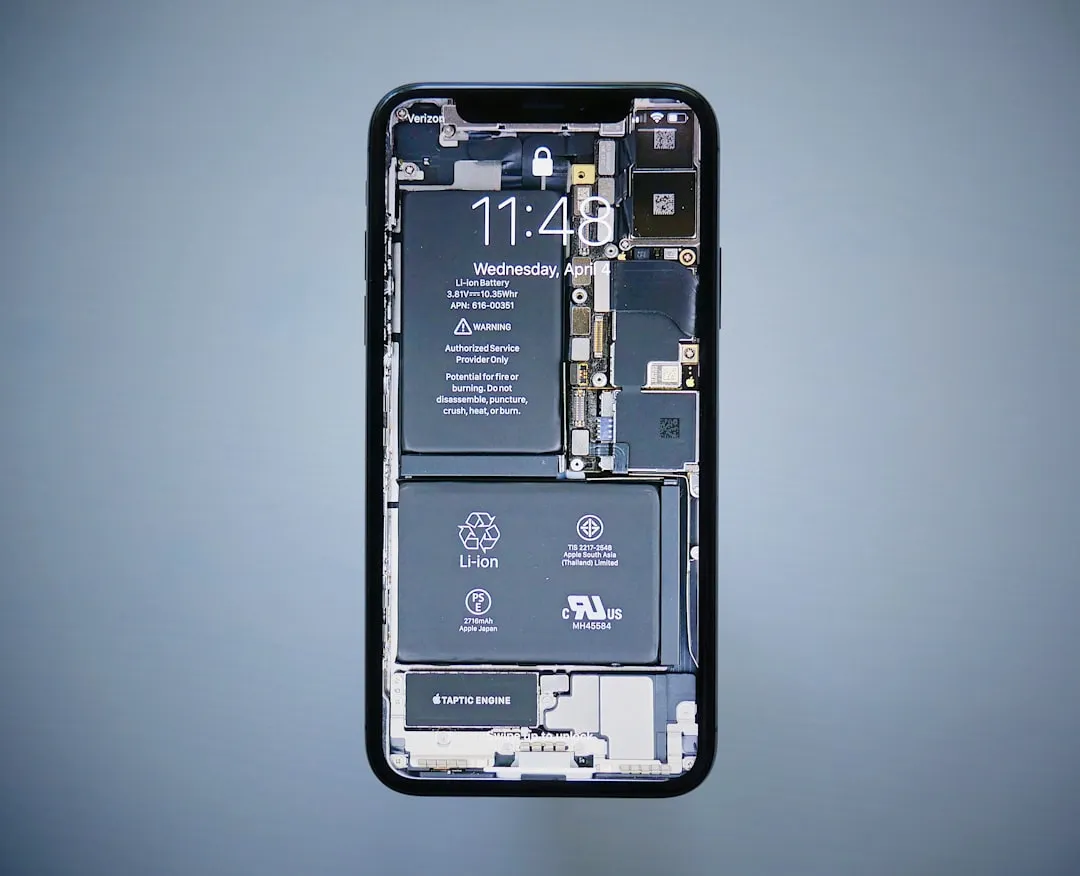

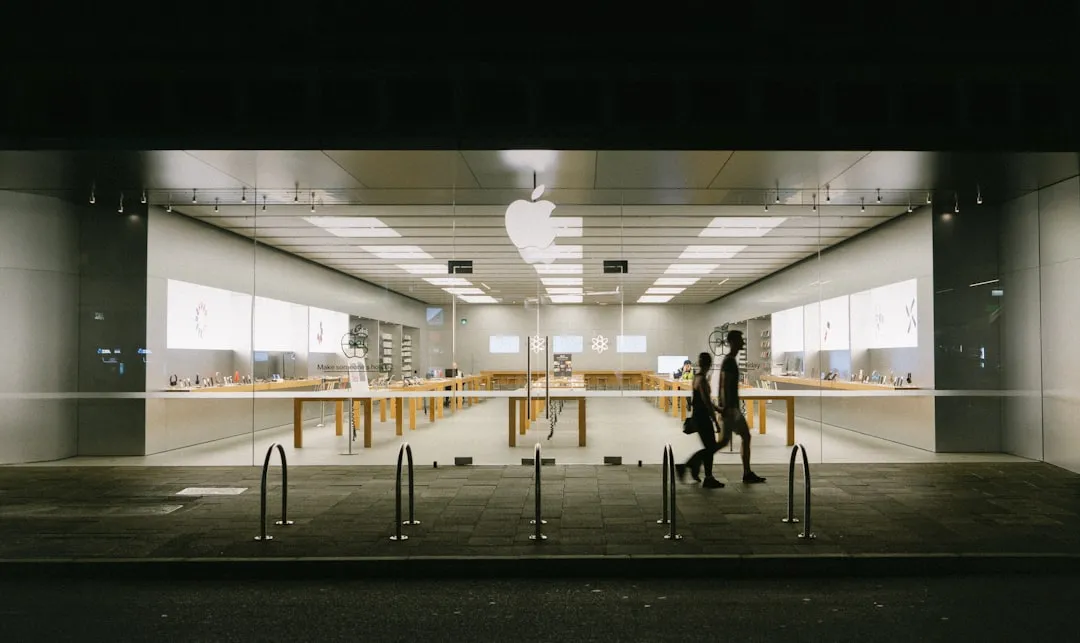
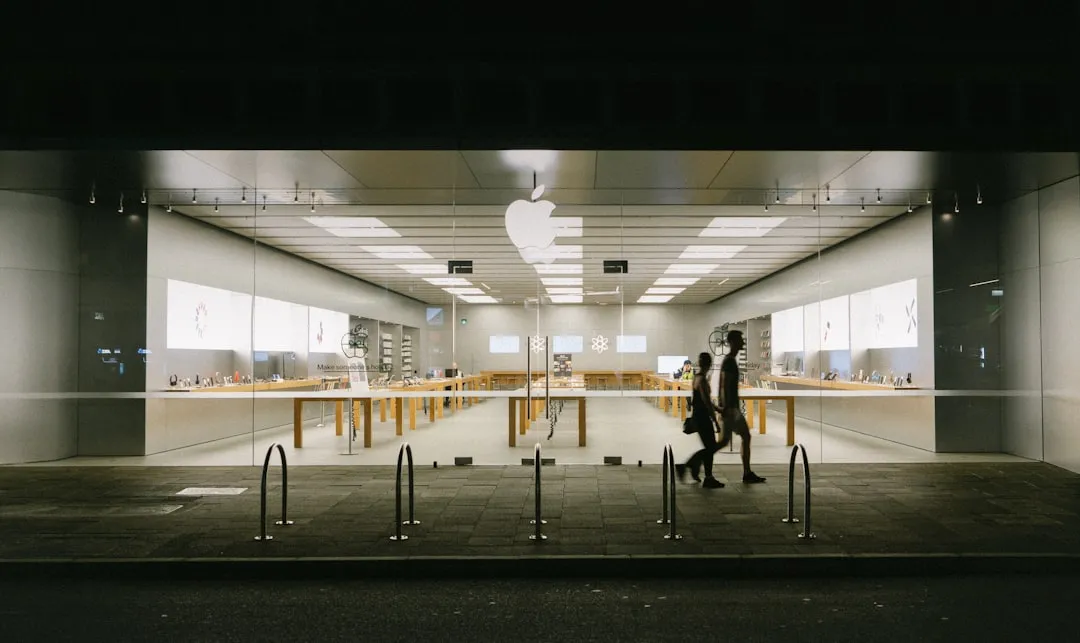

Comments
Be the first, drop a comment!